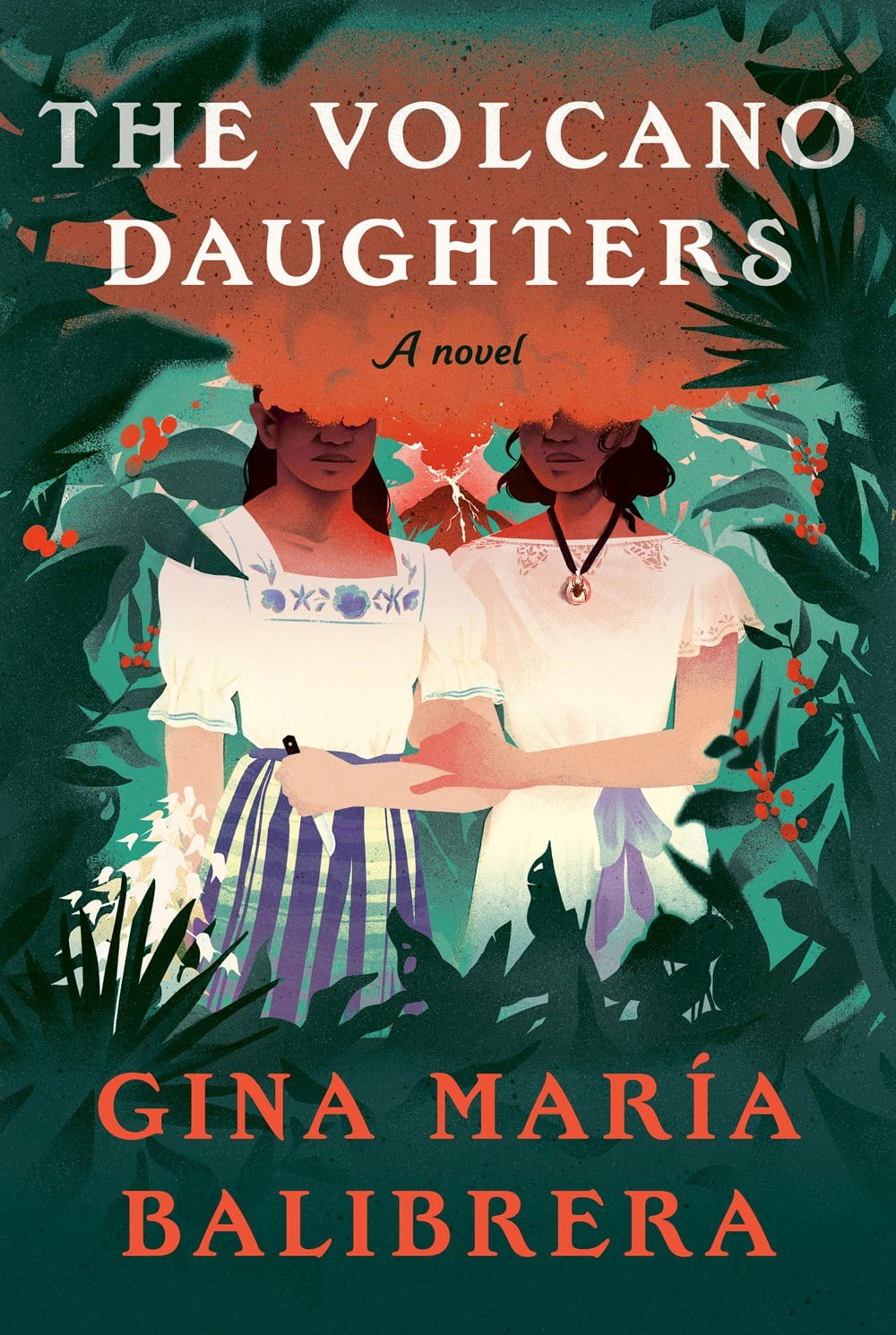Introduction to ‘The Volcano Daughters’
Gina María Balibrera’s debut novel, ‘The Volcano Daughters’, is a compelling narrative set in early 20th-century El Salvador. The book blends a magical-realist style with raw historical contexts, crafting an epic tale of resilience and love amidst challenging circumstances. Balibrera’s bravado can be seen in her intricate character development and richly detailed depictions.

The Storyline and Characters
The story revolves around two sisters, Graciela and Consuelo, born into poverty on a coffee plantation by the side of a volcano in El Salvador. Distinguished by the year 1923, the narrative takes a dramatic turn when Graciela and her mother are summoned to San Salvador for the funeral of Graciela’s unknown father. This pivotal moment introduces her to Consuelo, who was adopted into a life of luxury. Amidst this, Graciela is thrust into the controversial role of advising the ruler, ‘el Gran Pendejo.’
Historical and Geographical Context
The narrative spans multiple decades, incorporating varied settings from San Salvador to Paris, San Francisco, and Hollywood. Grounded in the brutal historical reality of 1930s El Salvador, the story examines the devastating effects of political decisions, particularly the massacre instigated by ‘el Gran Pendejo.’ Despite these dark themes, the narrative maintains a thread of hope and resilience through the lives of Graciela and Consuelo.
Magical Realism and Narrative Style
Balibrera’s use of magical realism elevates the novel, weaving in the ghosts of Graciela’s and Consuelo’s childhood friends who serve as first-person narrators. This unique narrative style provides depth, sometimes drawing readers into the story, other times offering poignant commentary. While the extensive cast and rapid pacing can occasionally hinder emotional connection, the imaginative storytelling and vivid historical portrayal offer a compelling reading experience.
Conclusion
In conclusion, ‘The Volcano Daughters’ is an exceptional debut, merging historical and fantastical elements to illustrate a powerful story of endurance and love. Gina María Balibrera’s skillful storytelling and her exploration of a difficult piece of Central American history make this novel a standout.
